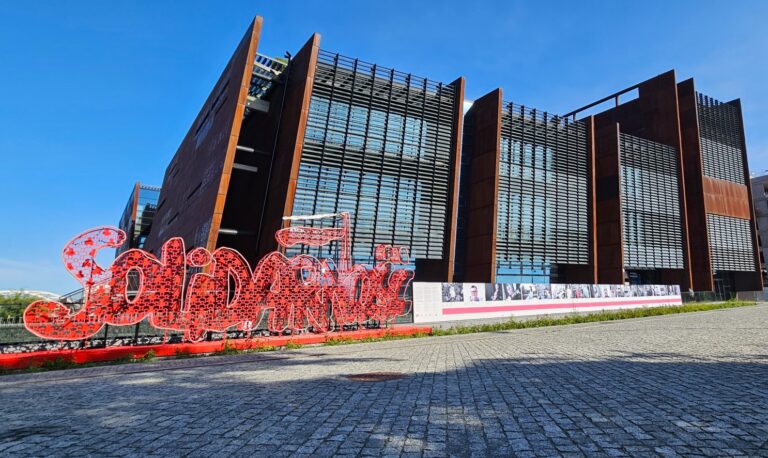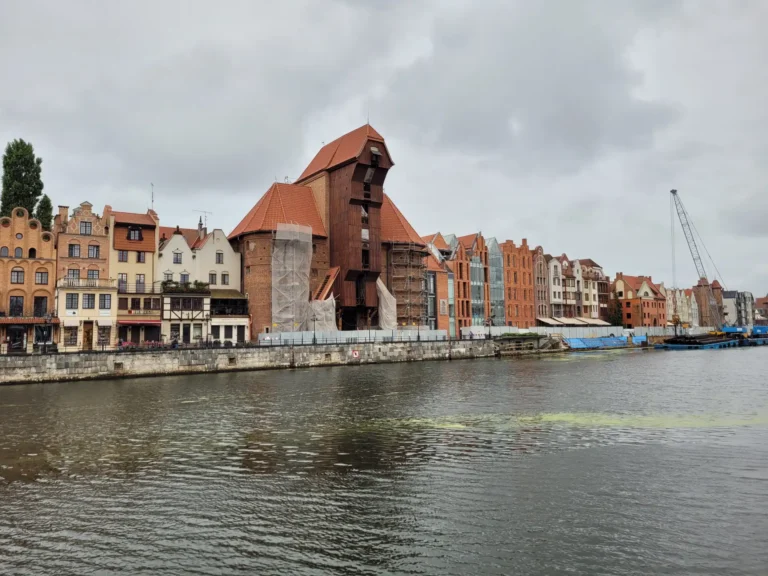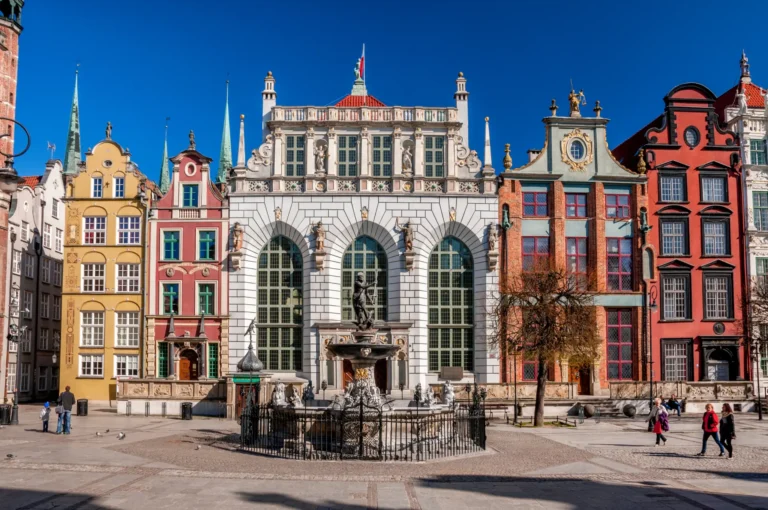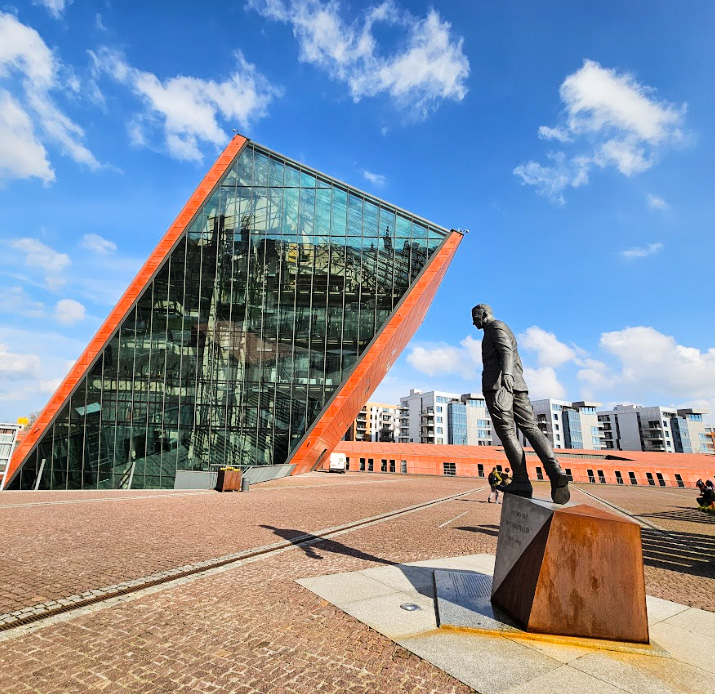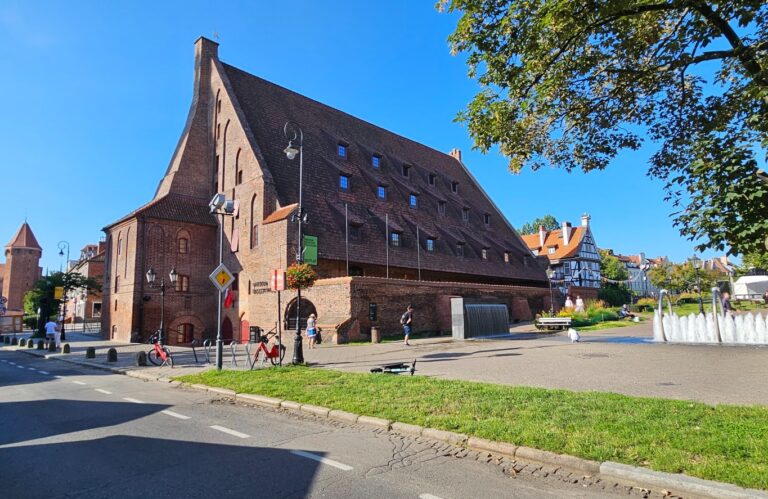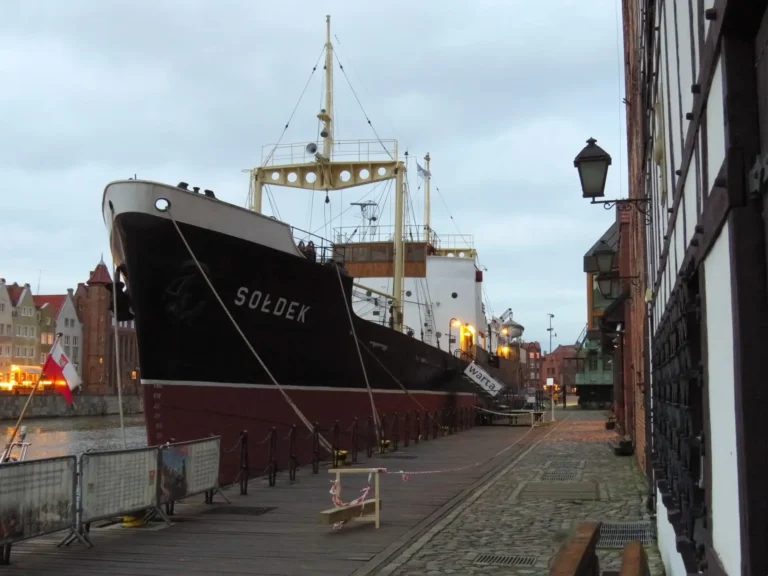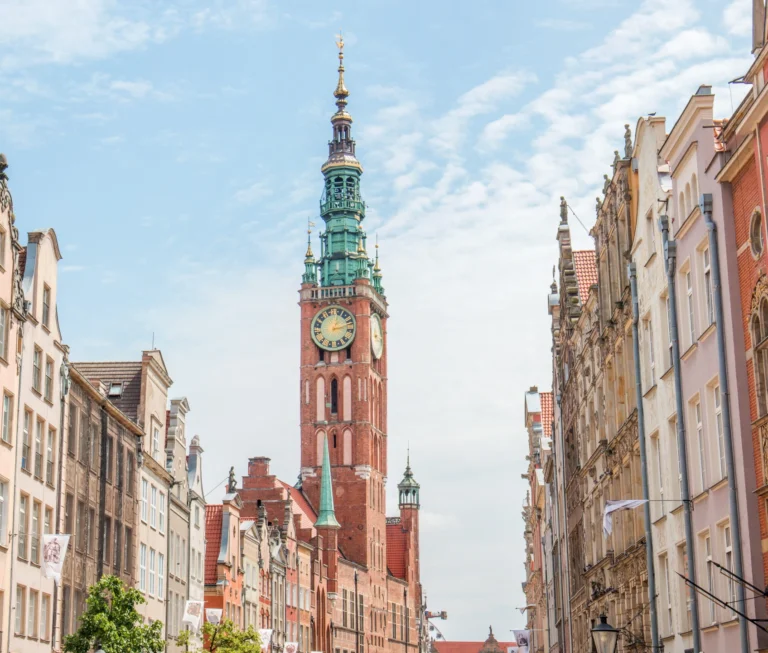Neptune’s fountain

More about Neptune’s fountain
Neptune’s Fountain, located in the heart of Gdańsk at Długi Targ, a work by Abraham van den Blocke from the early 17th century. The fountain, depicting Neptune with a trident, is an example of Flemish Mannerism. The addition made of Belgian marble and bronze is only a monument, but it is a symbol associated with Gdańsk and the sea.
Touring Neptune’s fountain
How to get to the Museum of the Second World War in Gdańsk?
Top 6 Viewpoints in Gdańsk
The most interesting places
Neptune’s fountain
The Neptune Fountain, built on the initiative of Mayor Bartłomiej Schachmann, was created at Długi Targ in Gdańsk in 1633. The design was created by Abraham van den Blocke, and the monumental figure of Neptune was cast in bronze. Surrounded by Mannerist details and a grid with Polish eagles and the coats of arms of Gdańsk, the fountain was originally colorful and powered by water from hand-filled tanks, which was a technological challenge of that time. Over the centuries, the fountain has witnessed many historical events, and its last renovation took place in 2011-2012, restoring it to its former glory.
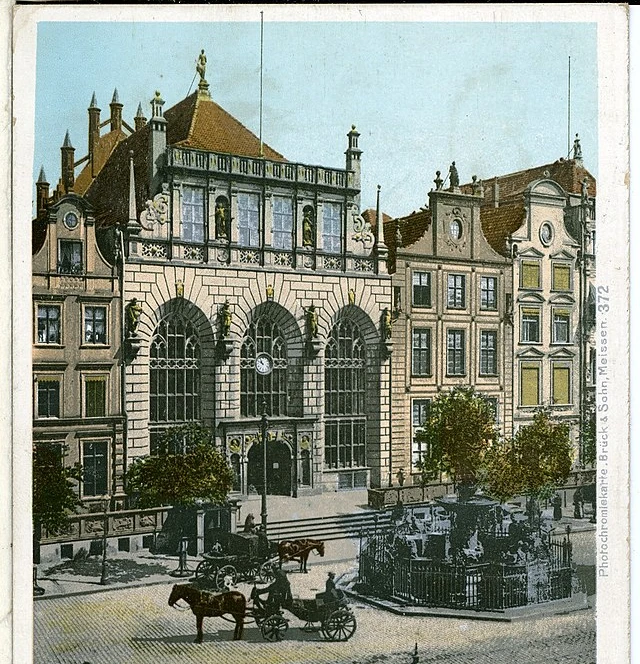
The most popular attractions
Neptune’s fountain reviews in Google:
Frequently Asked Questions
The best time is spring and summer, when the fountain is fully operational and the weather is favorable for sightseeing
No, visiting Neptune’s Fountain is free
You can get there by public transport, stopping near Długi Targ, or by car.
Neptune, the Roman god of the sea, symbolizes Gdańsk’s connections with the sea and its maritime history.
The fountain was built in the early 17th century and is one of the most recognizable symbols of the city.
Yes, the fountain is beautifully lit after dark, which also makes it attractive in the evenings.
Mainly bronze for the figure of Neptune and marble and granite for the pool and shaft.
The designer was Abraham van den Blocke, and the sculpture was made by Piotr Husen.
Yes, one of the legends says that Neptune, with the help of his trident, created gold flakes, which, when added to the fountain waters, later became an ingredient of the famous Goldwasser liqueur from Gdańsk.
